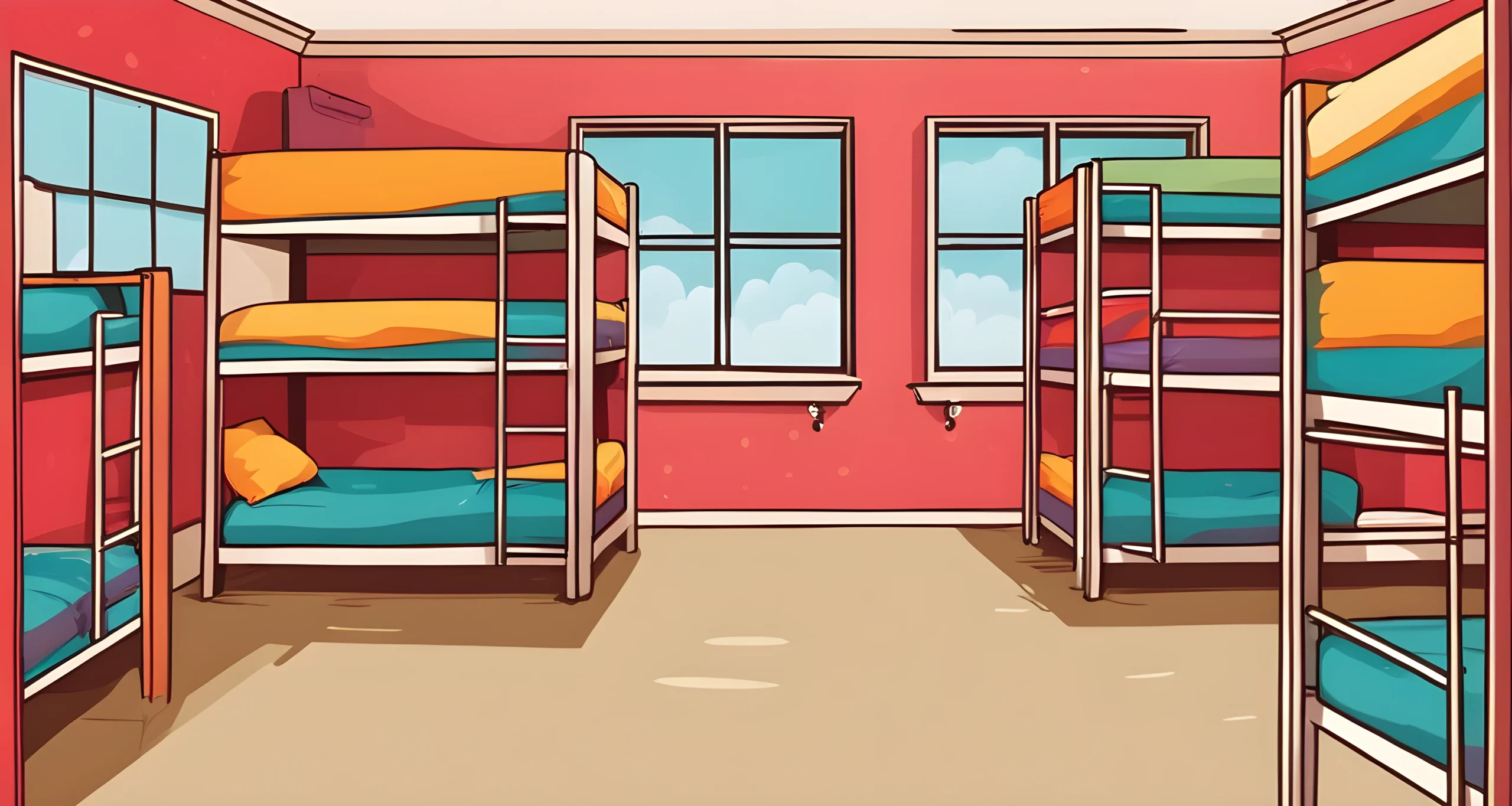Introduction
Traveling on a budget doesn’t mean you have to sacrifice comfort or style when it comes to finding accommodations. There are plenty of affordable options available for budget-conscious travelers around the world. From hostels and cheap hotels to work exchanges and guesthouses, there are numerous ways to find a place to stay without breaking the bank.
If you’re looking for budget-friendly lodging advice, be sure to check out our article on Budget-friendly lodging advice for tips and tricks on how to save money on accommodations during your travels. Whether you’re embarking on a backpacking adventure through Europe or planning a budget-friendly vacation in Southeast Asia, there are plenty of options available to suit your needs.
In the following sections, we’ll explore various factors to consider when planning a budget trip, creating a detailed travel budget spreadsheet, refining your budget with expense categories, budgeting by item or category, and finalizing your overall travel budget. We’ll provide practical advice and tips to help you make the most of your travel experiences without overspending.
So, whether you’re a seasoned traveler looking for new ways to save money on accommodations or a first-time explorer hoping to stretch your travel budget as far as possible, this article will provide you with valuable insights and strategies for finding the best budget accommodations around the world. Stay tuned for more information on how to make the most of your travel budget while enjoying comfortable and affordable lodging options.
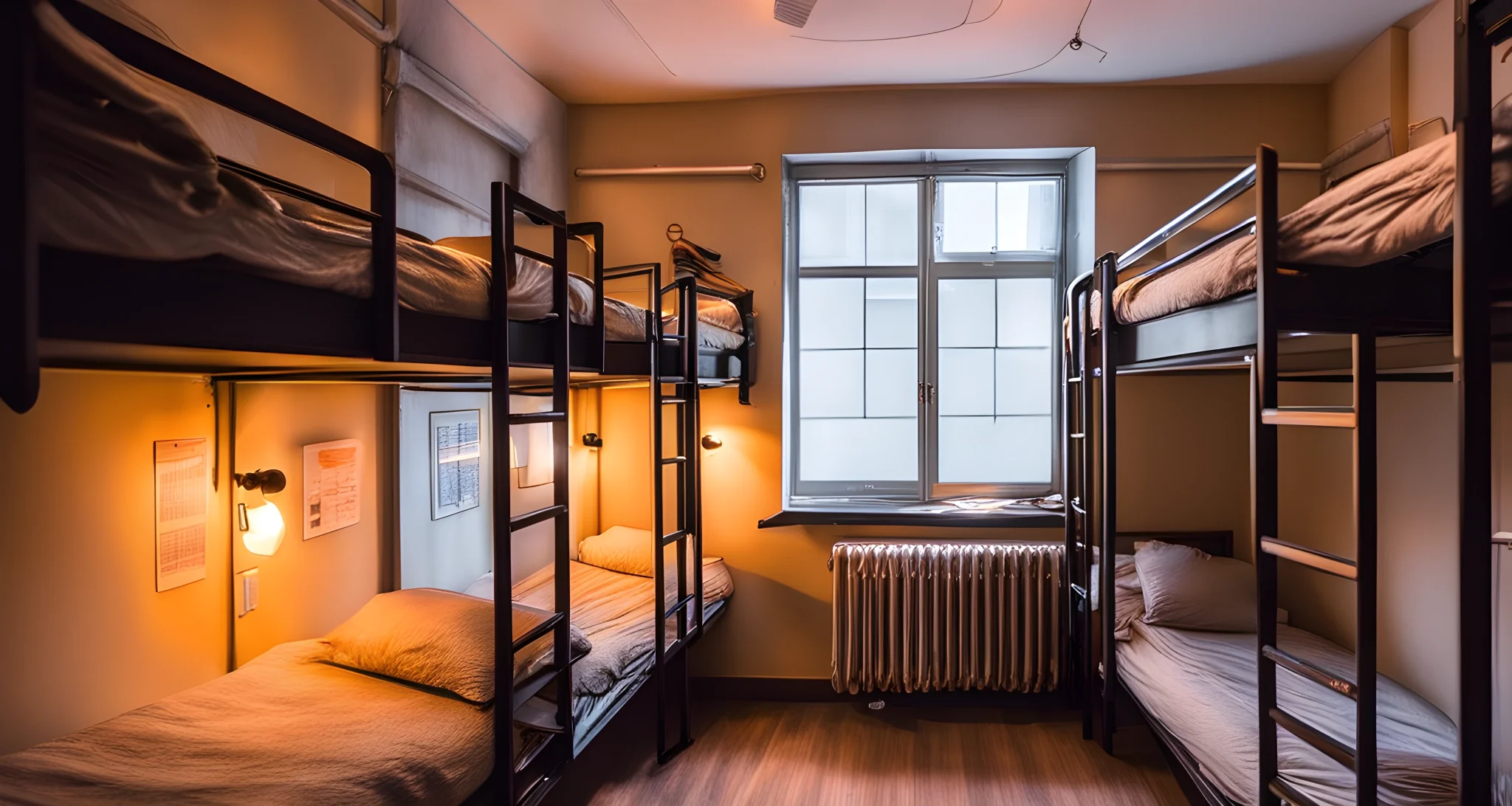
Factors to Consider When Planning a Budget Trip
When planning a budget trip, there are several important factors to consider to ensure that your travel budget is realistic and manageable. Here are some key factors to keep in mind:
Cost of Accommodations
- Research budget-friendly accommodations such as hostels, guesthouses, or vacation rentals.
- Consider staying in less touristy areas or booking accommodations in advance to secure lower rates.
Transportation
- Look for affordable transportation options, such as public transportation or budget airlines.
- Consider walking or biking around your destination to save on transportation costs.
Food
- Plan your meals wisely by opting for affordable dining options, such as street food or local markets.
- Consider cooking some of your own meals if your accommodation allows it to save on dining expenses.
Activities
- Research free or low-cost activities and attractions at your destination.
- Look for discounted admission tickets or passes to popular tourist attractions.
Unexpected Expenses
- Set aside some extra funds for unexpected expenses, such as medical emergencies or lost belongings.
- Consider purchasing travel insurance to protect yourself from unforeseen costs.
It’s important to thoroughly research and plan ahead when considering these factors to ensure that you stay within your budget. For more information on budget-friendly solo travel destinations, check out our article on Budget-Friendly Solo Travel Destinations. This will help you make informed decisions when choosing where to travel on a budget.
By carefully considering these factors and being mindful of your spending, you can plan a budget trip that allows you to experience fantastic destinations without breaking the bank. With proper planning and a realistic budget, you can enjoy a memorable travel experience while staying within your financial means.
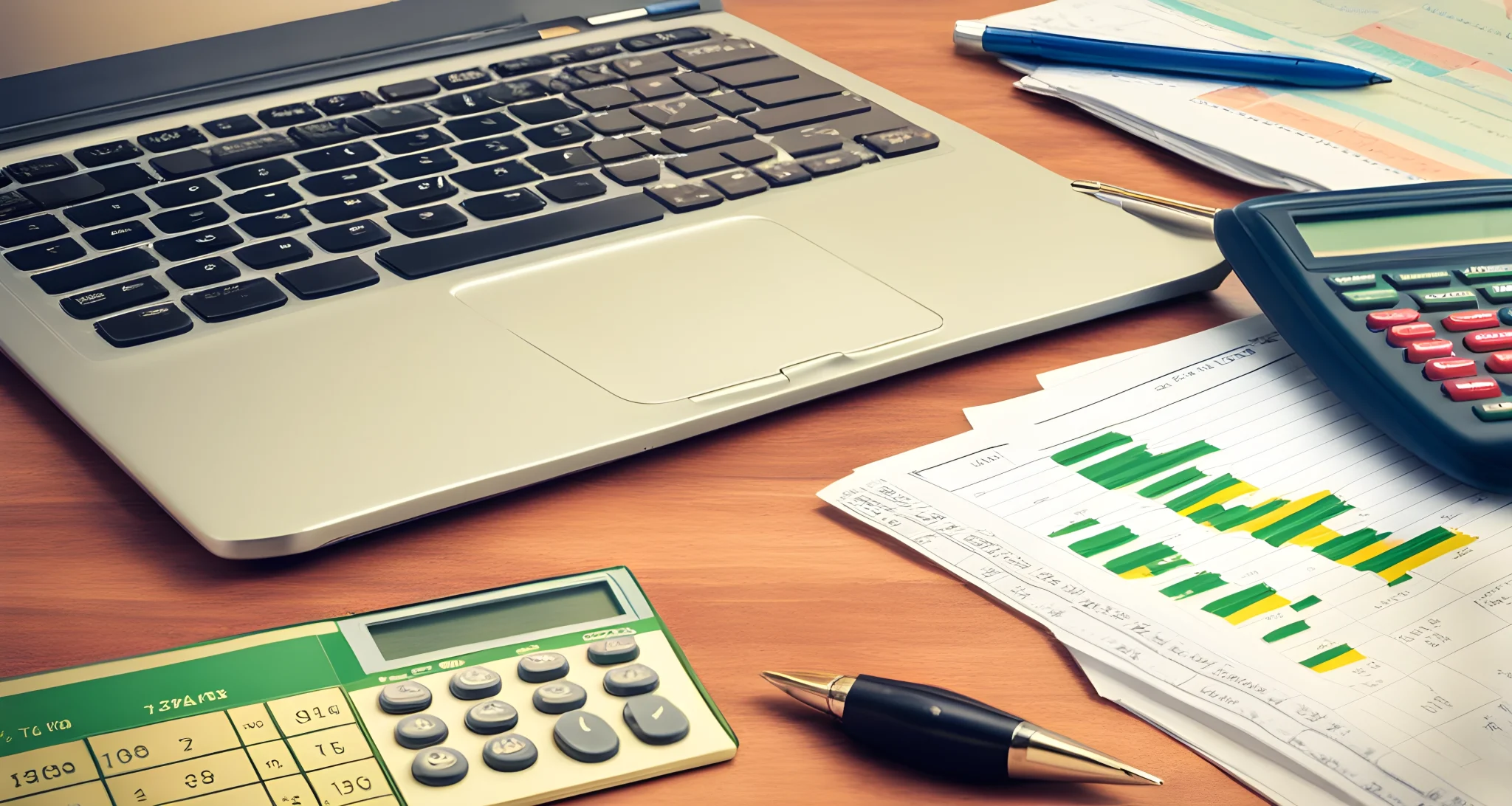
Creating a Detailed Travel Budget Spreadsheet
When planning a budget trip, creating a detailed travel budget spreadsheet can be extremely helpful in keeping track of expenses. This allows travelers to ensure they stay within their budget while still enjoying their trip. Here are some key points to consider when creating a travel budget spreadsheet:
-
Expense Categories: Break down your budget into categories such as accommodations, transportation, food, activities, and miscellaneous expenses. This will help you see where your money is being spent and where you can potentially cut costs.
-
Estimated Costs: Input the estimated costs for each category in your spreadsheet. This will give you a clear picture of how much you plan to spend in each area.
-
Actual Expenses: As you go through your trip, input the actual expenses into the spreadsheet. This will allow you to monitor your spending and make adjustments if necessary.
-
Monitoring Spending: By comparing estimated costs with actual expenses, travelers can keep an eye on their spending throughout the trip. This can help prevent overspending and ensure that the budget is being adhered to.
In addition to these points, using a travel budget spreadsheet also allows for easy adjustments and refinements to the budget as needed. This can be especially useful for longer trips or trips with multiple destinations.
For more tips on budget travel, check out this article on Economical travel recommendations. It offers additional insights into how to manage your finances while traveling.
By creating and using a detailed travel budget spreadsheet, travelers can have peace of mind knowing that they are in control of their expenses and can make the most out of their budget trip.
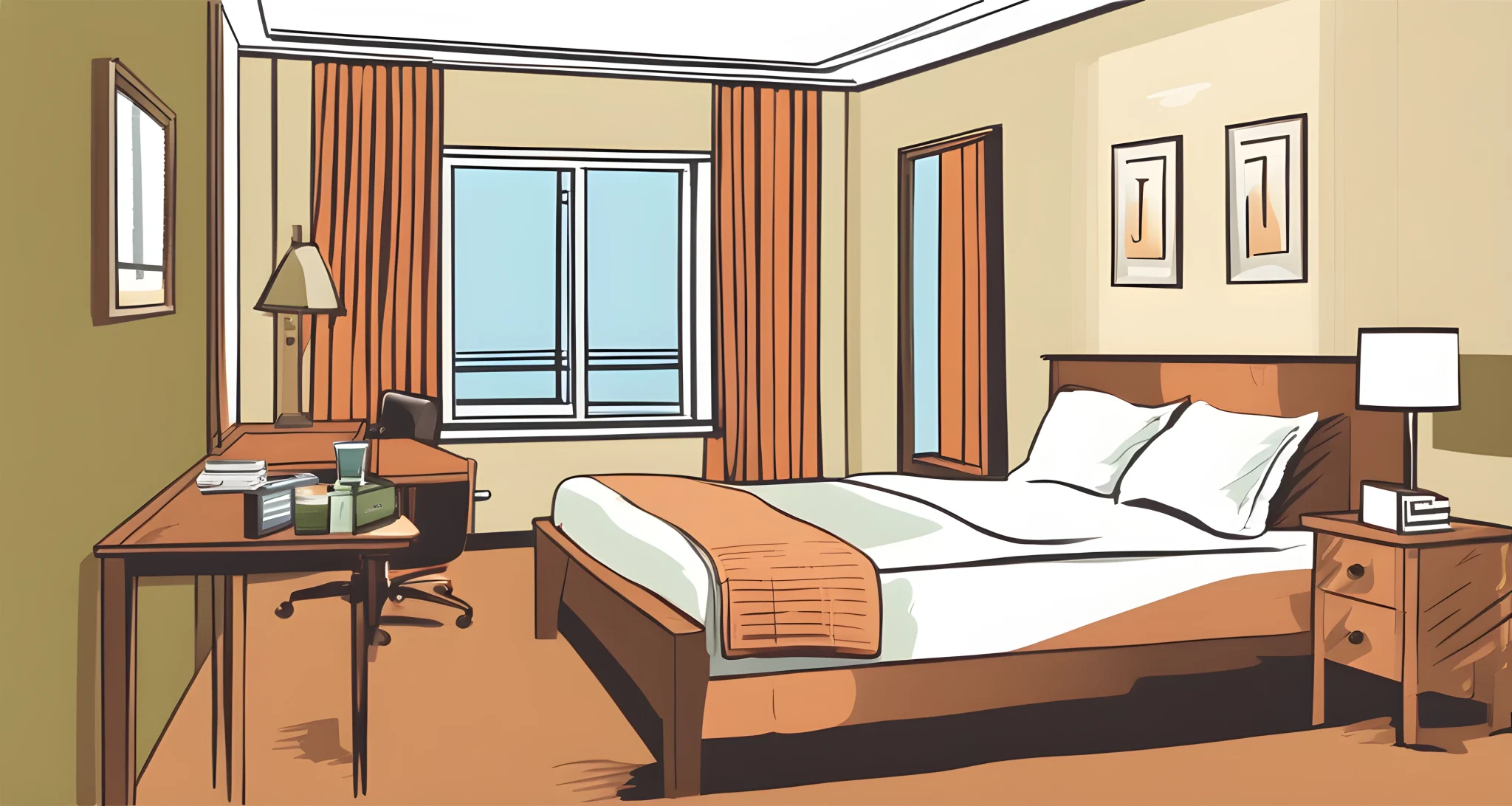
Refining Your Budget with Expense Categories
When it comes to planning a budget trip, refining the budget with specific expense categories is crucial for effective financial management. By breaking down expenses into categories, travelers can gain a better understanding of where their money is going and make adjustments as needed. This process allows for more informed decision-making and prioritizing spending in order to make the most of the budget.
Understanding Spending Patterns
- The first step in refining a travel budget with expense categories is to understand spending patterns. This involves categorizing expenses such as accommodation, transportation, food, activities, and miscellaneous costs.
- By breaking down expenses in this way, travelers can identify which areas are costing the most and where adjustments can be made.
Prioritizing Spending
- Prioritizing spending is another important aspect of refining a travel budget. By categorizing expenses, travelers can determine which categories are essential and which ones can be adjusted or reduced.
- For example, if accommodations are costing more than anticipated, travelers can explore inexpensive accommodations or alternative lodging options to reduce this expense category.
Effective Utilization of Budget
- Refining the budget with specific expense categories helps ensure that the budget is being effectively utilized. By having a clear understanding of where the money is being spent, travelers can make informed decisions to make the most of their budget.
- This process also allows travelers to allocate funds to different categories based on their priorities and preferences.
Making Adjustments
- Once expenses are categorized and spending patterns are identified, travelers can make necessary adjustments to their budget. This may involve reallocating funds from one category to another or finding cost-saving alternatives in certain expense categories.
- For example, if food expenses are higher than expected, travelers can explore local markets or affordable dining options to reduce this category’s costs.
Ensuring Financial Control
- Refining the budget with specific expense categories helps ensure financial control throughout the trip. By keeping track of expenses within each category, travelers can avoid overspending and stay within their budget limits.
- This level of detail also provides a sense of accountability and allows for proactive money management during the trip.
Refining the budget with expense categories is an essential step in creating an effective travel budget. It allows for a deeper understanding of spending patterns, prioritizing spending, effective utilization of the budget, making necessary adjustments, and ensuring financial control throughout the trip. By taking these steps, travelers can optimize their budget and make the most of their travel experience.
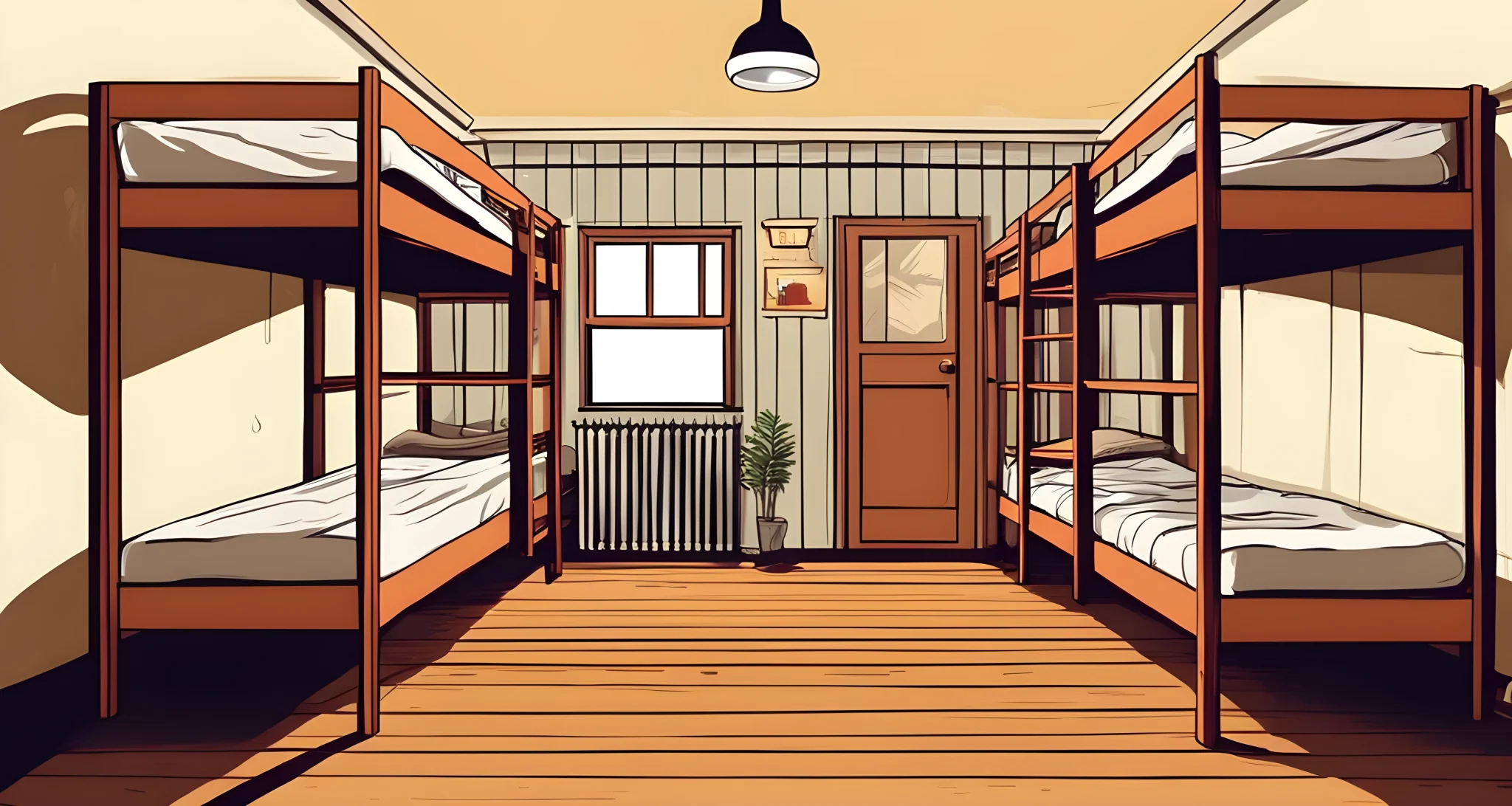
Budgeting by Item or Category
When it comes to managing your travel expenses, budgeting by item or category can be a game-changer. By breaking down your overall travel budget into specific items or categories, you can gain better control over your spending and ensure that you stay within your financial limits.
Benefits of Budgeting by Item or Category
- Control: By assigning a specific budget to each item or category, you have a clear understanding of how much you can spend in each area.
- Monitoring: It allows you to closely monitor your expenses and avoid overspending in any particular area.
- Realistic Budget: This approach helps to ensure that the overall travel budget is realistic and sustainable, as you have a clear overview of where your money is going.
How to Implement Budgeting by Item or Category
- Identify Essential Expenses: Start by listing out essential expenses such as accommodation, transportation, food, and activities.
- Allocate Budgets: Assign a specific budget to each item or category based on your overall travel budget.
- Track Spending: Keep track of your spending in each category to ensure that you are staying within the allocated budget.
Utilize Expense Categories
- Accommodation: Research affordable lodging choices such as budget-friendly hotel chains or hostels to allocate a specific budget for accommodation.
- Transportation: Allocate budgets for flights, local transportation, and any other travel-related expenses.
- Food and Dining: Determine how much you can allocate for meals and dining experiences during your trip.
- Activities and Entertainment: Set aside a budget for sightseeing, tours, and other activities you plan to do during your travels.
Finalizing Your Overall Travel Budget
After assigning budgets to each item or category, it’s important to review your overall travel budget to ensure that it aligns with your financial capabilities. Make adjustments if necessary to create a realistic and sustainable spending plan for your trip.
By implementing budgeting by item or category, travelers can effectively manage their expenses and make the most out of their travel experience without worrying about overspending. This approach provides clarity and control over spending, ultimately leading to a more enjoyable and stress-free trip.

Finalizing Your Overall Travel Budget
After creating a detailed travel budget spreadsheet and refining it with expense categories, the final step is to finalize your overall travel budget. This is a crucial step in ensuring that your budget is realistic and achievable.
Careful Review of Expenses
- Carefully review all expenses listed in your travel budget spreadsheet.
- Look for any potential areas where you can make adjustments to reduce costs without sacrificing the quality of your trip.
- Consider whether there are any expenses that can be eliminated or reduced, such as dining out less frequently or opting for more affordable transportation options.
Making Necessary Adjustments
- If you find that your initial budget is too high, consider making necessary adjustments to bring it down to a more practical level.
- Look for alternative accommodations or transportation options that may be more budget-friendly.
- Consider cutting back on non-essential expenses in order to stay within your budget constraints.
Alleviating Financial Stress
Finalizing your overall travel budget can help alleviate financial stress during the trip. By ensuring that all expenses are accounted for and manageable, you can enjoy your travels without constantly worrying about money. This can lead to a more enjoyable and stress-free travel experience.
Practical and Achievable Budget
By finalizing your overall travel budget, you are taking the necessary steps to ensure that it is practical and achievable. This means that you have a clear understanding of what you can afford and can plan accordingly. This can also help prevent overspending and potentially going into debt while traveling.
Additional Resources
For more information on budgeting for extended travel adventures, check out our article on Budgeting for extended travel adventures. This resource provides valuable tips and insights for creating a long-term travel budget.
By following these steps and carefully finalizing your overall travel budget, you can set yourself up for a successful and enjoyable trip without the added stress of financial burdens. With a well-planned and realistic budget in place, you can focus on making the most of your travel experiences without worrying about money.
FAQ
What are some affordable accommodation options in australia?
Affordable accommodation options in australia include hostel dorm beds for $27 (a$40), double rooms in basic motels for $68-102 (a$100-150), and double rooms in b&bs or hotels for $102-170 (a$150-250).
What are the budget accommodation options in belize?
Budget accommodation options in belize range from camping or dorm beds for $5-20 (bz$10-40) to double rooms in budget hotels for $24-59 (bz$50-120).
Where can i find budget accommodations in croatia?
Budget accommodations in croatia include dorm beds for $15-42 (100-360kn), tent sites for two people for $15-64 (100-430kn), and double rooms in hotels for $65-134 (450-900kn).
How much do budget accommodations cost in the dominican republic?
In the dominican republic, budget rooms are available for $35 (rd$1500) and there are internet deals for all-inclusive accommodations for $55 (rd$2500).
